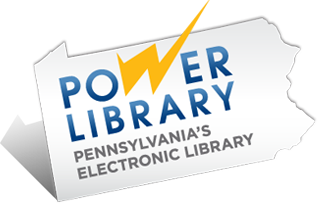 Baby Sign Language is a unique form of wordless communication that lets babies as young as six months old, express to their caregivers their wants or needs. Non-verbal young children usually cry when trying to communicate and cannot be understood. However, learning and using Baby Sign Language will break the communication barrier, and the crying and frustration between the young child and their caregiver will disappear. When using Baby Sign Language with your child you are helping to create a connection.
Baby Sign Language is a unique form of wordless communication that lets babies as young as six months old, express to their caregivers their wants or needs. Non-verbal young children usually cry when trying to communicate and cannot be understood. However, learning and using Baby Sign Language will break the communication barrier, and the crying and frustration between the young child and their caregiver will disappear. When using Baby Sign Language with your child you are helping to create a connection.
What is Baby Sign Language?
Baby Sign Language is the use of hand and body gestures to help little ones communicate before they learn to speak. Baby Sign Language also affords a caregiver an opportunity to watch their baby think and learn.
At what age can Baby Sign Language be taught and used?
Babies can learn simple signs when they are as young as six months. But don’t expect your baby to sign back to you until they are eight to ten months old (very young children must develop motor control and motor skills in order to use their small muscles to sign). You can begin teaching signs to your young one when you think they are ready – remember they may not be able to sign back to you, but they are learning.
Who benefits from using Baby Sign Language?
Caregivers, infants, toddlers, and children of all ages benefit greatly by learning and using Baby Sign Language. Baby Sign Language can help dissolve the barrier of understanding communication through the use of hand signs and gestures. This connection between the young child and their caregiver creates not only a closer bond, but also has valuable benefits. A child who can express themselves through Baby Sign Language is likely to feel happier and more confident in their communication skills.
In a variety of studies, infants who were taught signs had fewer episodes of crying or tantrums.
Caregivers are also more confident with their nonverbal young child because they have a better understanding of what the child wants and then they know how to respond. By learning and using Baby Sign Language a great deal of frustration and stress is avoided, resulting in a happier and calmer child.
What are the benefits of Baby Sign Language?
Early communication can provide many benefits to the very young child, such as giving the baby a higher confidence level and a boost in self-esteem. Early exposure to signing helps babies develop earlier language and reasoning skills.
Another benefit of learning and using Baby Sign Language is that it will help babies and young children feel better about themselves because they can exchange information with the people around them. Caregivers also feel more confident when they can understand their child’s needs.
Teaching Baby Sign Language may increase a young child’s visual and attention skills. As sign language is a visual language, it involves the visual and attention skills which are important in both learning and social interactions.
Studies have shown that babies that learn to sign have a higher IQ and greater vocabulary. So teaching a baby to communicate using Baby Sign Language and gestures is not only fun but it is also educational.
Don’t get discouraged if your young child uses signs incorrectly or doesn’t start signing back to you right away. The goal is to improve communication and reduce frustration — not perfection. Stay patient and keep in mind that, as you teach Baby Sign Language, it’s important to talk to your child at the same time when you are signing the word. Spoken words are an important part of your child’s speech development. Baby Sign Language gives your little one the power to communicate without the frustration of trying to be understood. Learning and using Baby Sign Language benefits both the very young child and their caregivers.
Written by: Cathy G., Programming Assistant, North

